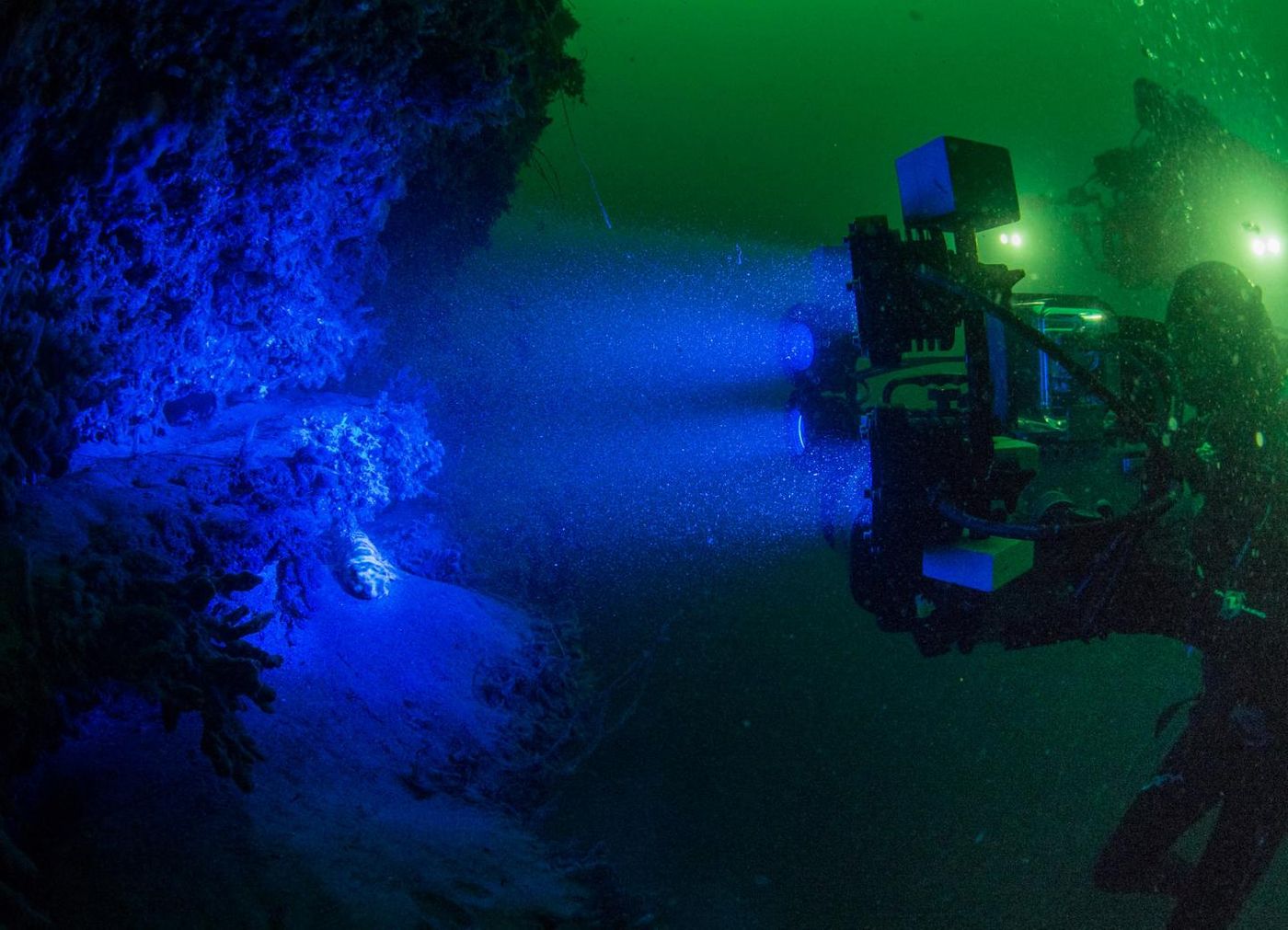A New Type of Biofluorescence is Described
There are living creatures that can absorb and reemit light, and it's a widespread characteristic among marine animals. In 1962, the 'green fluorescent protein' (GFP) was identified in a bioluminescent jellyfish, and other fluorescent proteins have since been discovered in cnidarians and crustaceans. They’ve been widely applied in biomedical research. Reporting in iScience, researchers have now learned more about biofluorescence in sharks, which is different from GFP and other well-known fluorescent proteins.
Some types of sharks can absorb the blue light of the ocean and emit a bright green hue, which only other sharks can detect. Researchers have now revealed more about its mechanism, which very likely involves a group of metabolites.
"Studying biofluorescence in the ocean is like a constantly evolving mystery novel, with new clues being provided as we move the research forward," said co-corresponding study author David Gruber, a professor at The City University of New York. "After we first reported that swell sharks were biofluorescent, my collaborators and I decided to dive deeper into this topic. We wanted to learn more about what their biofluorescence might mean to them."
Greuber and co-corresponding author Jason Crawford, a professor at Yale University studied the swell shark and the chain catshark in this work. These sharks have a light and a dark tone in their skin, and the researchers gathered samples from both. Their investigation revealed that only the light skin was carrying a kind of fluorescent small-molecule metabolite.
"The exciting part of this study is the description of an entirely new form of marine biofluorescence from sharks - one that is based on brominated tryptophan-kynurenine small-molecule metabolites," noted Gruber.
These molecules can activate signaling pathways that are involved in central nervous and immune system function in other vertebrates. In the sharks, these fluorescent small-molecules are responsible for the spectral properties of the shark's skin. Their source remains unclear, but they appear to be metabolic products, and may be similar to to products seen in bacteria.
"It's a completely different system for them to see each other that other animals cannot necessarily tap into. They have a completely different view of the world that they're in because of these biofluorescent properties that their skin exhibits and that their eyes can detect," Crawford said. "Imagine if I were bright green, but only you could see me as being bright green, but others could not."
These glowing molecules can serve a number of important functions; they can help sharks identify one another, and protect against infection, said Crawford.
"It is also interesting that these biofluorescent molecules display antimicrobial properties. These catsharks live on the ocean bottom, yet we don't see any biofouling or growth, so this could help explain yet another amazing feature of shark skin," Gruber said. "This study opens new questions related to potential function of biofluorescence in central nervous system signaling, resilience to microbial infections, and photoprotection."
The researchers want to continue this work, and hopefully create new imaging tools.
"If you can harness the abilities that marine animals have to make light, you can generate molecular systems for imaging in the lab or in medicine. Imaging is an incredibly important biomedical objective that these types of systems could help to propel into the future," Crawford said.
"Sharks are wonderful animals that have been around for over 400 million years. Sharks continually fascinate humans, and they hold so many mysteries and superpowers," added Gruber. "This study highlights yet another mystery of sharks, and it is my hope that this inspires us to learn more about their secrets and work to better protect them."
Sources: AAAS/Eurekalert! via The City University of New York, iScience









